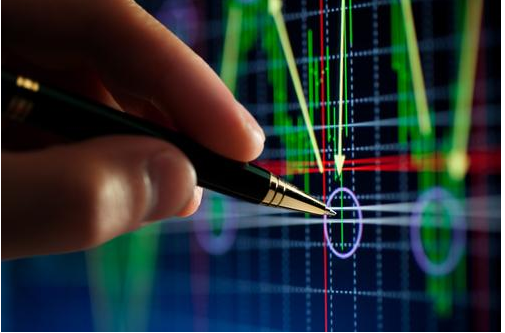How will the Post COVID-19 pandemic landscape in business be changed? Are we headed to a future like the Jetsons or one like Mad Max? Companies who once feared remote workers are waking up to the benefits of this work/life balance. Others are in panic mode because “we’ve always done it this way” no longer applies.
As a Data Science company, we are always looking ahead. One thing we get asked about is what should business be doing now to prepare for the world in the new normal. At our first in-person lunch meeting Post COVID-19 pandemic, we came to the conclusion the two book-ends are: Jetsons or Mad Max.”
Here are some of our thoughts:
We believe the major change is how customers now interact with companies. We have, because of the pandemic shown that companies can actually do just fine working from home, can deliver good like groceries, food, and even luxury items without the in-person experience, and that companies can do a better job using technology to deliver what the customer wants, when the customer wants it.
This is pandora’s box. We can’t go back. Because we had to do this to survive, now we have to continue to do it as part of our business model. However, what most companies built in haste, isn’t scalable. It is now time to rethink how we use the data we have (and the data we can get) to build a scalable solution that gives us insight into what customers want, and gives the customers what they desire–better access.
Interestingly enough, when going back through our past project history, we realize we have been building solutions for just this problem for years. Take for example the persona model we built for Omaha Public Power District (OPPD). It is a great example of how to use data for greater impact.
For OPPD, one of the few publically owned utilities in the entire country, our predictive model allowed them to understand which product or service each household had the highest chance to purchase, and then give that insight to their sales and marketing teams. This meant that:
- Their customer service agents now had access to which products to recommend when they called in.
- Their sales team knew which households were most likely to want each product, and
- Their marketing team knew which product to market to each household.
Predictive modeling like this allows companies to “hit” more than “miss”. If your able to be more effective, even by a small margin, you may edge out your competitor. Tell that to Jacob Kiplimo who was on pace to set the world record for a 43:00 15km run. Kiplimo raised his arms to celebrate before crossing the finish line. It was then that Kibiwott Kandie passed him and finished in 42:59 and was the first to break the record instead.
Understanding how to start with data-driven decisions can be tough. Lucky for you, there is a company that can help you get this kind of insight, and teach you how to do it. Contact Us today and we’ll be happy to help ensure you hit the ground running post-COVID.



